On the history of our forests
| Published: 10-24-2019 7:11 AM |
I think it would be a good idea to look back at history before making a blanket law outlawing cutting and maintenance in Massachusetts State Forests.
Before the advent of European settlers, much, but not all, of Massachusetts was forested land. The native population had always had gardens. There were other meadow-like areas, abandoned beaver ponds and marshes and regrowth from lightning-induced burns.
When whites arrived, the native population in New England was much diminished due to the arrival of European diseases which the natives had no immunity, too. In many cases, the English, French, Scots, Irish and others took over abandoned fields formerly cultivated by the Natives.
In Europe, land for homes and farms was unavailable in Europe for most people. The New World offered them an opportunity to find a home to raise a family and make a living. But in addition, the massive trees in New England forests were a valuable commodity, not just for building on the American land but for shipping back to wood-starved Europe. Massachusetts settlers saw their forests as a source of revenue, and heat for the terrible winters. But they also saw the forests as an impediment to their desired to FARM their land in the European tradition, both planting crops, and to raise domestic livestock pasture.
This was long before chain saws and huge tractors. The cutting was done by hand with axes and saws, and the timber moved by muscle power — horses, oxen and humans. Trees too big to move, stumps, and unusable wood product was burned: in fact, slash-and-burn agriculture (not unlike what is now going on in the Amazon, but without the power equipment). From the mostly timbered land of 1600, Massachusetts was 85 percent cleared land by the 1870s: Acres and acres of pasture and agricultural fields.
As the West opened up, many farm families moved west, where the land was often richer, flatter and less filled with stones. It became harder and harder to stay in New England and make a living as a farmer.
The timber industry moved west as well. After Maine, then New Hampshire, Vermont, and Massachusetts were cleared, then New York, then Michigan and on to Wisconsin, and Minnesota. Concern about clear cutting took second place to the money that could be made. Once they’d leveled Minnesota, they jumped was to the Pacific Northwest. Some of the land was cleared was farmed, but much was left to regrow with whatever sprouted up. These were our ancestors doing this, a few of them making lots of money in the process.
There was almost no old grown left, defined as a section of forest that had never been cut. Most of the Massachusetts forest was second growth, taking over deforested land, usually haphazardly. Without care, or the pasturage of heifers, or sheep, Massachusetts land quickly returns to forest. Lands that were fields in 1950 are dense forests in 2019. Rather than leaving pastures to regenerate haphazardly, perhaps with Oriental bittersweet, Japanese knot weed, multiflora rose, ailanthus, and other invasives, careful planning of what to cut and what seed trees to leave can help. So can planning multi-aged forests so they will still be there when our grandchildren have grandchildren.
Article continues after...
Yesterday's Most Read Articles
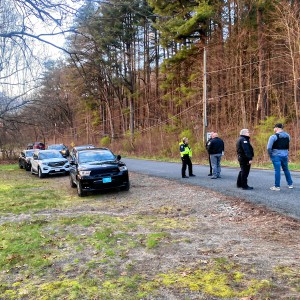 Police report details grisly crime scene in Greenfield
Police report details grisly crime scene in Greenfield
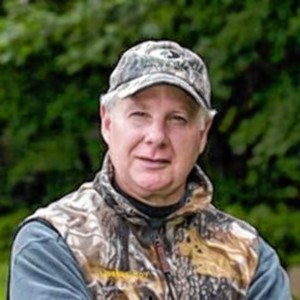 On The Ridge with Joe Judd: What time should you turkey hunt?
On The Ridge with Joe Judd: What time should you turkey hunt?
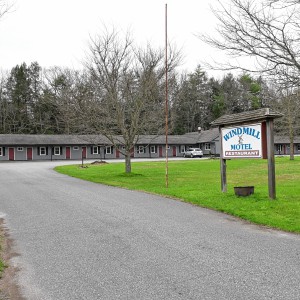 New buyer of Bernardston’s Windmill Motel looks to resell it, attorney says
New buyer of Bernardston’s Windmill Motel looks to resell it, attorney says
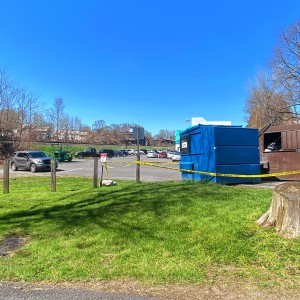 Greenfield man arrested in New York on murder charge
Greenfield man arrested in New York on murder charge
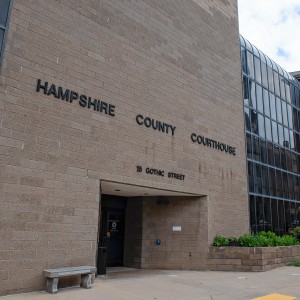 Man allegedly steals $100K worth of items from Northampton, South Deerfield businesses
Man allegedly steals $100K worth of items from Northampton, South Deerfield businesses
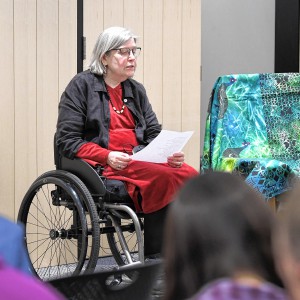 Joannah Whitney of Greenfield wins 33rd annual Poet’s Seat Poetry Contest
Joannah Whitney of Greenfield wins 33rd annual Poet’s Seat Poetry Contest
State Forests are a relatively recent development. Many of them were planted with very small trees on what had formerly been cleared pastures. In the 1920s and 1930s much of the hill country in Franklin County was abandoned pasture. At the time, it was the practice to plant in these areas, uniform plots of small evergreens, many of them non-native species.
The dense stands of these planted trees in 20 or 30 years became the large trees in the State forests I remember in the 1940s and 1950s. The dense canopies of the Norway Spruce, European Larch and others had no undergrowth, and provided for no forage for the animals, except for red squirrels and porcupines.
Today these trees are past mature, and dying of rot and disease, make walking in these forests almost impossible and are often a fire hazard. Removing some of them and encouraging native trees and plant material to reclaim these acres may give us back our native Massachusetts woodland that was cut so heavily over the past 300 years. I am impressed with the care and expertise I’ve seen in the state forest in my neighborhood.
Ruth McDowell is a resident of Colrain.
 My Turn: A moral justification for civil disobedience to abortion bans
My Turn: A moral justification for civil disobedience to abortion bans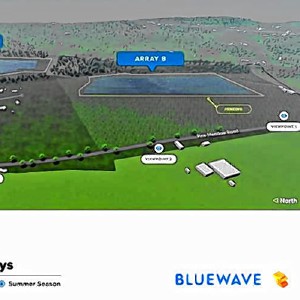 My Turn: Industrial solar installations are overwhelming Northfield neighborhood
My Turn: Industrial solar installations are overwhelming Northfield neighborhood Guest columnist Rudy Perkins: Dangerous resolution on Iran
Guest columnist Rudy Perkins: Dangerous resolution on Iran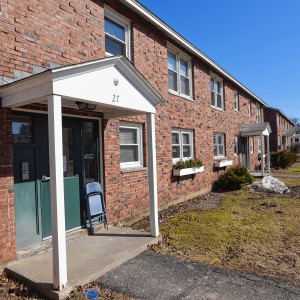 Guest columnists Ellen Attaliades and Lynn Ireland: Housing crisis is fueling the human services crisis
Guest columnists Ellen Attaliades and Lynn Ireland: Housing crisis is fueling the human services crisis
